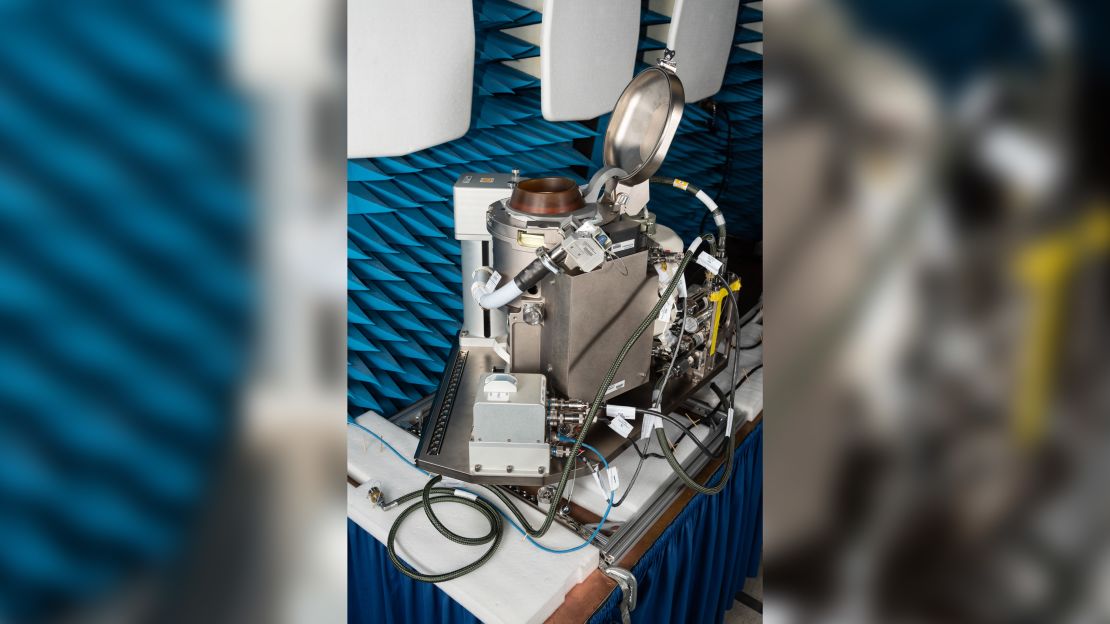Editor’s Note: The author of this article recently moderated a panel hosted by the National Science Foundation and the International Space Station National Lab. Discussion from that panel is quoted in this article.
Humans have been living, working and conducting science experiments on the International Space Station for nearly 20 years.
But even this feat of engineering needs upgrades sometimes, like a new toilet.
Among the 8,000 pounds of supplies arriving at the International Space Station Monday at 8 a.m. ET was a new space toilet. Officially called the Universal Waste Management System, it was designed using male and female astronaut feedback.
Northrop Grumman’s Cygnus cargo spacecraft, which launched Friday night, also carried a new 360-degree virtual reality camera to be used on spacewalks and wealth of new experiments with objectives that could benefit our lives on Earth, as well as improve the quality of life for astronauts on long-term spaceflight missions.
Toilets in space
Removing gravity from the equation means that nothing functions in space the way it does on Earth – toilets included.
“You don’t realize how much you take a toilet for granted on Earth until you’re limited to only two on the ISS and one of them breaks,” said NASA astronaut Andrew Morgan during a panel hosted by the National Science Foundation on September 25.
While the existing toilets are reliable, the new design is more user-friendly and easier to maintain, Morgan said.
The new compact toilet includes a funnel and hose for urine and a seat for bowel movements. In the absence of gravity, air flow pulls these away from the body. The new design begins air flow automatically as soon as the lid is lifted on the toilet. This also helps control odor.
The new design is about 65% smaller and 40% lighter, with more efficient waste management and storage. This will come in handy as more crew members come to stay on the space station with the addition of the Commercial Crew Program, which can carry more astronauts in a single launch.

Astronaut feedback from using the existing toilets on the space station went into this new design, which is more ergonomic, requires less cleanup, is easier to maintain, has parts that are durable and is resistant to corrosion.
The funnel and seat of this design can also be used simultaneously, which was incorporated after feedback from female astronauts.
“The toilet is a great example of including all the feedback from various crewmembers,” Meir said. “This better accounts for those, much easier for everyone to use up there.”
The existing toilet was designed some time ago when there were few, if any, female astronauts staying on the space station. This design now better accounts for anatomical differences between men and women, Meir said.
Since water is a key factor of the life support systems on the space station, as well as those that will be used in future exploration of the moon and Mars, the astronauts’ urine does not go to waste.
“We recycle about 90% of all water-based liquids on the space station, including urine and sweat,” Meir said in a separate statement. “What we try to do aboard the space station is mimic elements of Earth’s natural water cycle to reclaim water from the air. And when it comes to our urine on ISS, today’s coffee is tomorrow’s coffee!”
The toilet’s urine transfer system will pretreat the urine and feed it into a regenerative system that recycles the water.
A second toilet like this will be installed in the Orion spacecraft to be used for the Artemis II flight test, which will send astronauts on a 10-day mission beyond the moon and back in 2023.





